Trust-owned life insurance has long been treated as a “set-it-and-forget-it” asset—but today’s economic realities demand more active, informed management.
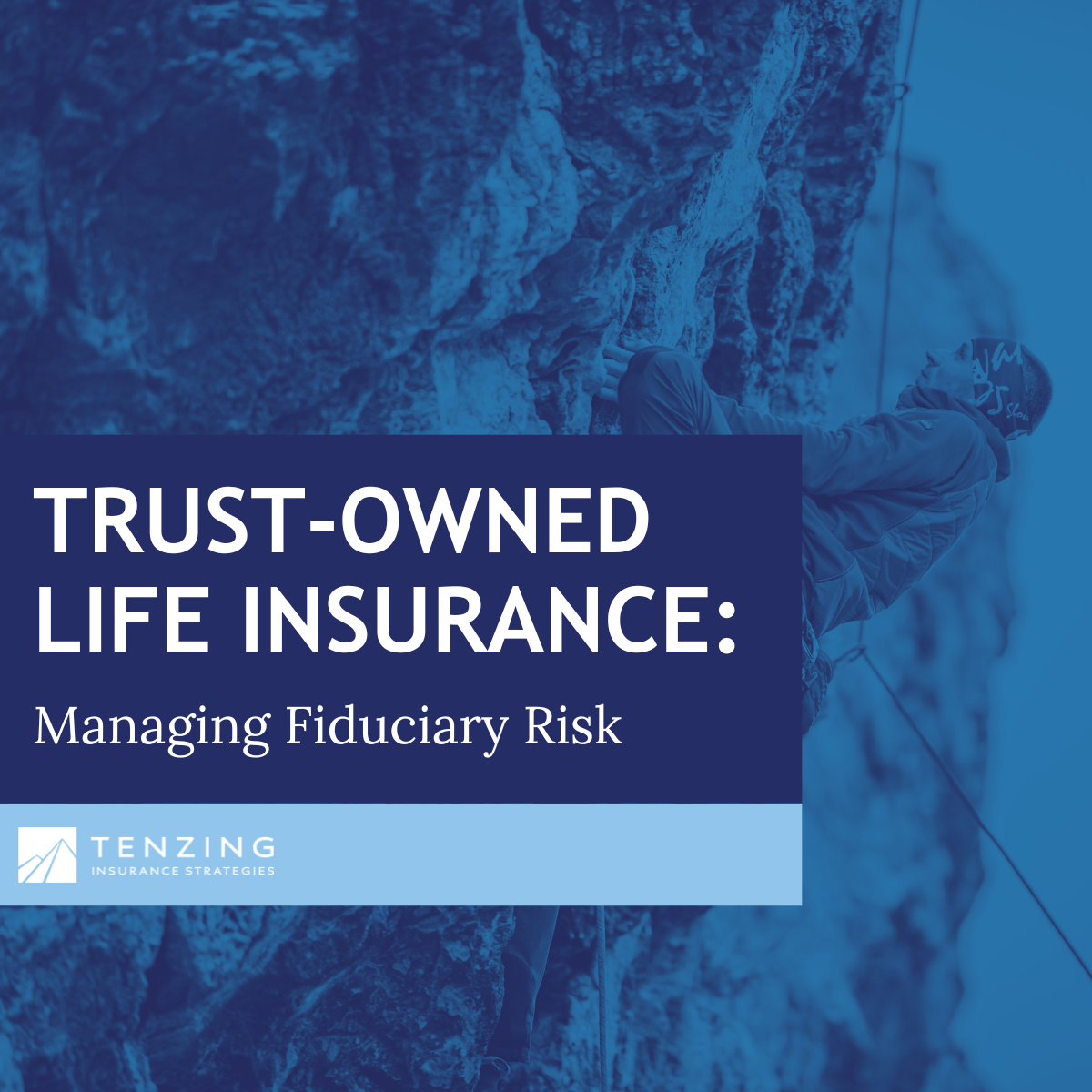

Trust-owned life insurance has long been treated as a “set-it-and-forget-it” asset—but today’s economic realities demand more active, informed management.

Why DI right now? As high-income earners reach peak earning years, they may not realize the risk of disability increases as they age and become vulnerable to forced early retirement. This heightened risk occurs during a time that is crucial for focusing on increasing savings and investments and lessen risk to those assets with a comprehensive income protection plan.
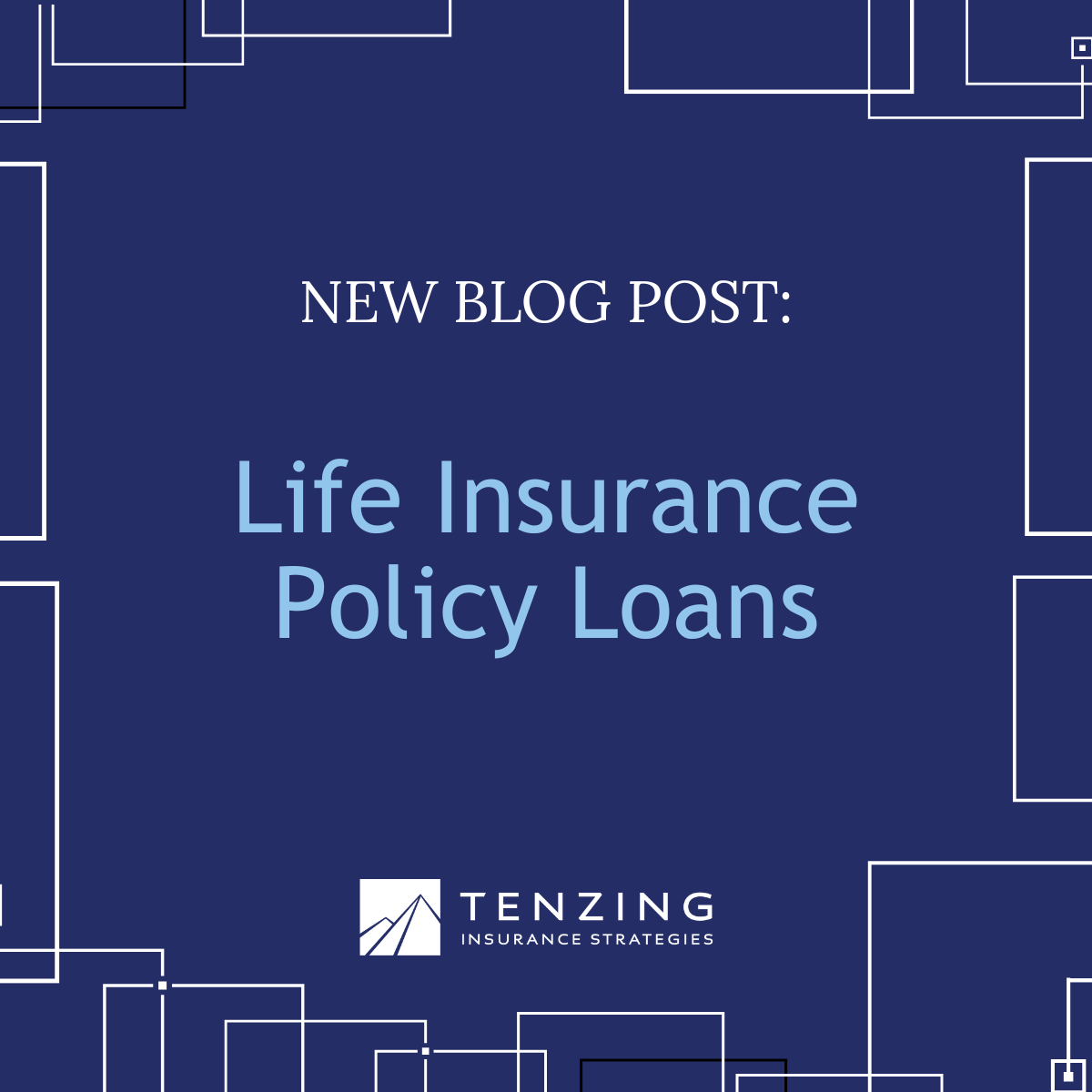
Learn the basics of life insurance policy loans, how they work, the benefits and risks involved, and why careful planning is key.
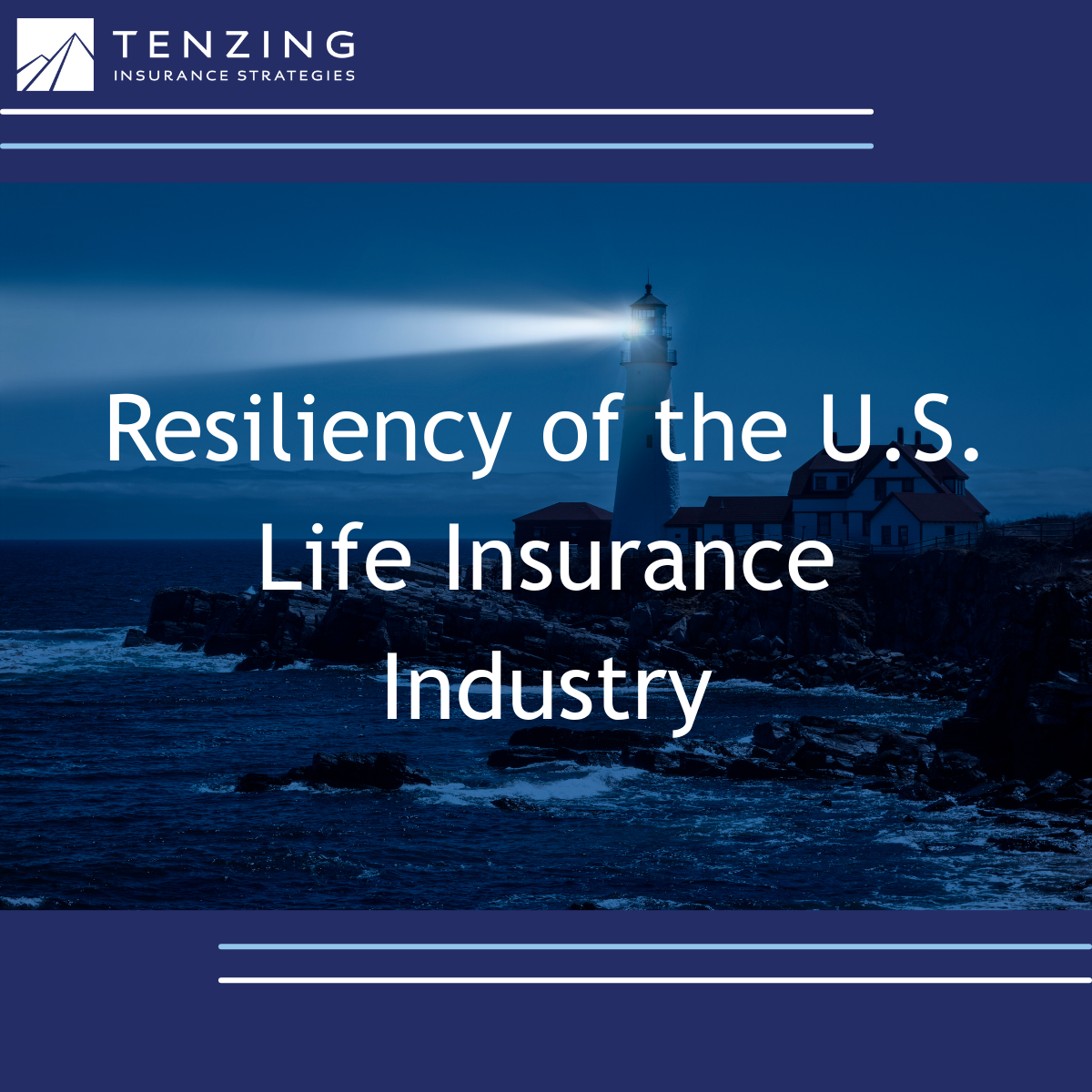
In troubled times, the public has relied on the life insurance industry to steady the course. And with good reason.
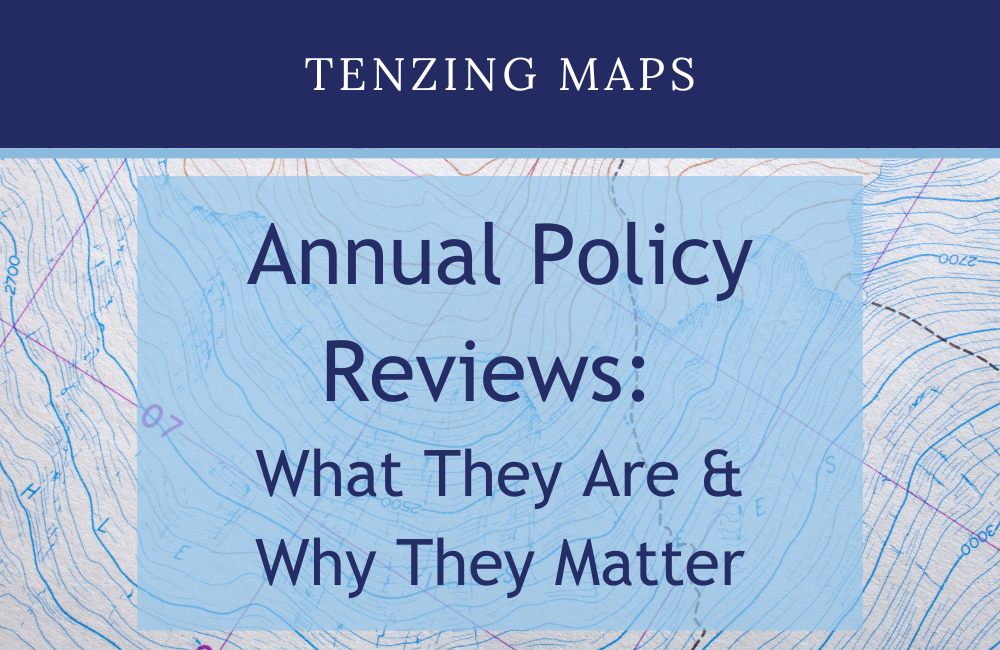
Life insurance policy reviews are an essential cornerstone of our ongoing commitment to exceptional client service. At Tenzing Insurance Strategies, we understand that a life insurance policy should evolve as each client’s life does. That’s why we emphasize an intentional and proactive life insurance policy review process, designed to help ensure coverage stays aligned with financial goals over time.

Life doesn’t stand still, and neither should a life insurance strategy. Each year, we take time to review every client’s in-force life insurance coverage to help ensure it still aligns with needs, goals, and planning strategies. This month’s Tenzing Talks video walks through how the review process reflects our commitment to proactive, personalized service.

In many cases, a 1035 exchange can help policyholders see better policy outcomes—but careful analysis is required. Factors such as surrender charges, underwriting, and tax considerations all play a role in determining suitability.
Check out our latest video where we break down the key conditions to evaluate before recommending a 1035 exchange.
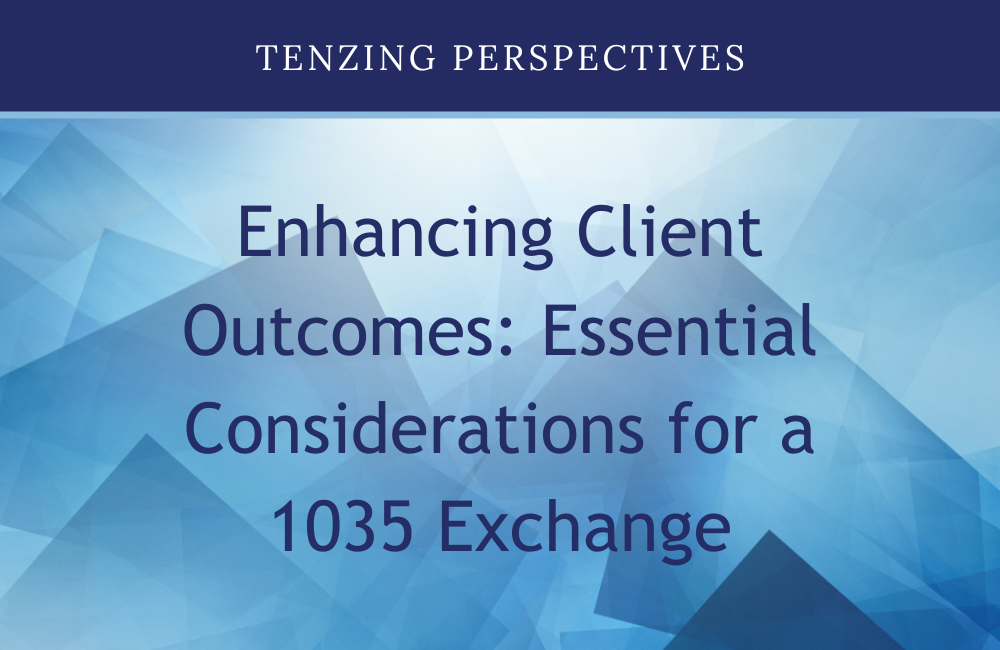
A 1035 exchange is a strategic financial planning tool that allows policyholders to replace an existing life insurance policy with a new one while maintaining tax-deferred status. This provision under Section 1035 of the Internal Revenue Code offers significant opportunities for policyholders to improve their coverage, reduce costs, and enhance financial planning strategies. However, executing a 1035 exchange requires careful consideration to ensure that the transaction is in the client’s best interest and adheres to regulatory standards.

A 1035 exchange can offer benefits such as improved policy performance and cost efficiency, but not every policyholder is a candidate. What factors should advisors evaluate?
Our latest Tenzing Maps quick-reference infographic summarizes the key considerations that determine whether a 1035 exchange is appropriate.

In our first Core Values in Action series video, we share a real-world example of how our independent approach helped a client navigate complex insurance options with confidence. By requesting bids from multiple carriers and providing transparent analysis, we helped the client and their advisory team to make a fully informed decision.